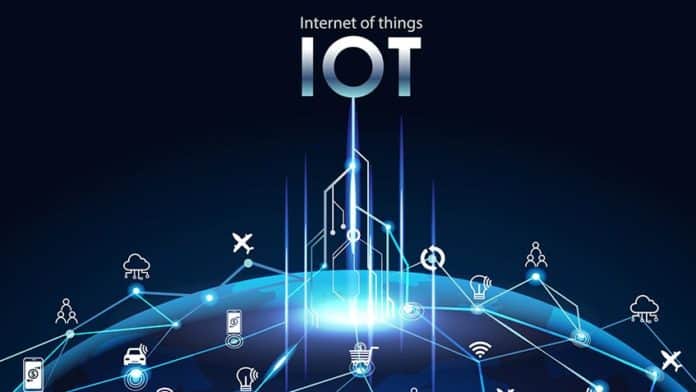Edge computing is defined as distributed computing that combines intelligence to the edge devices, thus processing and analyzing the data near the data collection center instead of directly sending it to the cloud. Edge computing helps in increasing the speed of data processing and analysis by processing the data in the edge nodes.
In edge computing, the data is processed at the source where data is generated. Edge node devices processes, analyze, and informs the action of the user immediately, thus saving direct upload of the data to the cloud.
The edge computing provides security, resilience, and low-latency through various IoT applications, thus increasing business efficiency. The edge computing is vast and evolving rapidly in the business sector. Many organizations and companies are deploying are acquiring edge computing technology by deploying various IoT applications in their system.
Let’s look into some of the benefits provided by edge computing into the business sector
- Edge computing reduces latency of the data
- Edge computing reduces the cost
- Edge computing helps in increasing the security
- Edge computing is more beneficial then cloud computing
- Edge computing helps in increasing business efficiency
- Edge computing helps in obtaining real-time data analysis
How does edge computing help in reducing the latency of the data?
Edge computing is distributed computing where the data is collected from the different sources, processed and analyzed. Thus while transferring the data from an edge node takes time. While the transfer of data may usually take a few minutes, the barriers in the network system can lead to an increase in the time.
Many IoT applications may require more time to process, analyze and transfer the data to the cloud. Edge computing has an orchestration setup. This helps to reduce the latency of the data. Data is collected from various sources and rationally processed and transferred into the target system.
How does edge computing help in increasing security?
Many organizations require fast and accurate security systems to keep their data safe. Thus, edge computing could be beneficial to secure the data. Edge computing can work on the lower bandwidth.
As the edge nodes are connected in a distributed manner, it enables them to spend less and accurate data thus increasing the network security. Thus, the nodes are opened and closed for data processing. The partial opening and closing property of nodes prevent them from data hijacking and breaching.
How does edge computing reduce industrial costs?
As the edge nodes collect the data, it does not require a central cloud computer server to process the data. This helps in reducing the operating cost to store the data.
For instance, a security camera is used to monitor the workplace. It produces a high-quality video that requires a large cloud space to store it. With the help of IoT applications and edge computing, we can reduce the data by capturing the footage only when the movement happens this helps us to reduce the data. A business consultant may refer the client to edge computing as it has the potential to reduce operational costs.
How does edge computing prove to be beneficial then cloud computing?
The biggest difference between edge computing and cloud computing is the place where the data is processed and analyzed. As the name suggests the data in cloud computing is collected from various systems and centrally processed in the cloud server situated in a centralized location. While the edge computing is an orchestral based system that is distributed system, the data is collected, processed and analyzed locally using the edge nodes.
The property of processing the relevant data makes edge computing popular and many organizations tend to choose edge computing over cloud computing.
How does edge computing help in increasing industrial efficiency?
Processing the relevant data using edge computing and sending it over the cloud server can help us to reduce the loss of the data. Edge computing provides various facilities such as data latency, security, etc.
Edge computing is mostly utilized in the healthcare industry. Many of the healthcare organizations are implementing edge computing through deploying Internet of Things applications. Thus, sending the little and relevant data over the cloud helps to get great control over the users’ personal data and thus further prevents them from data breaching.
How does edge computing help in capturing real-time data analysis?
In the traditional data processing system, the data is sent to a centralized location where the server process the data. This makes a tedious process and may lead to data loss as well.
While in edge computing data is distributed among the network. The edge nodes capture the data and process the data thus helping the user to capture real-time data. The edge computing also processes data much faster than cloud computing.
Conclusion
A need for edge computing is increasing with the increasing interest of smart manufacturing, augmented and virtual reality. The edge computing also provides latency, resilience, and security to the system. Many industries are acquiring edge computing as it provides real-time analysis of the data.


